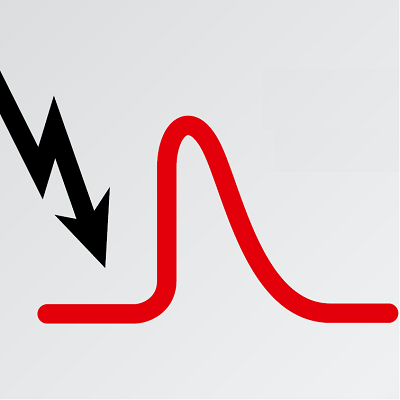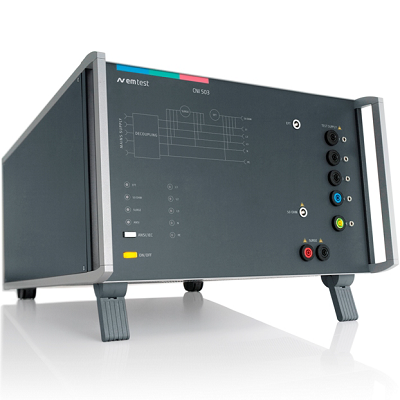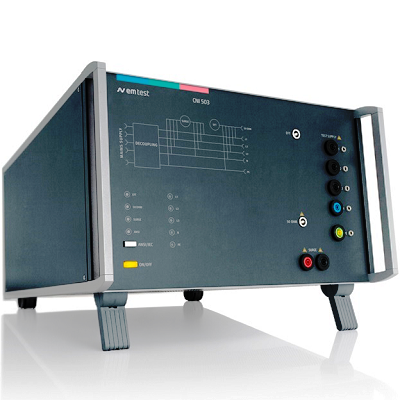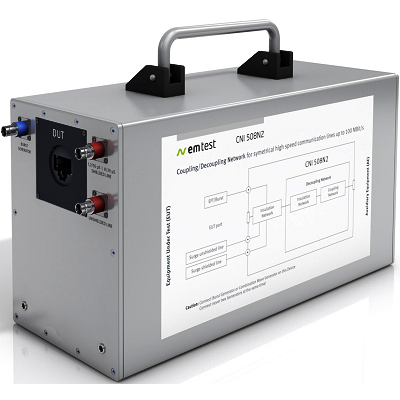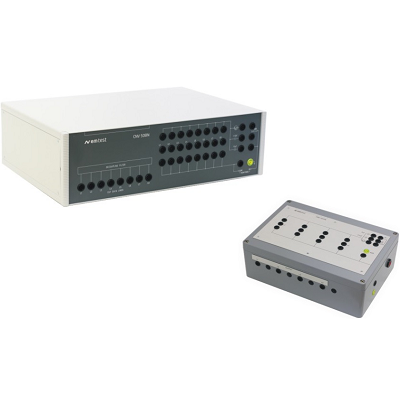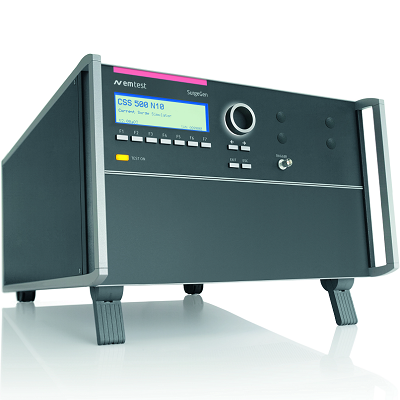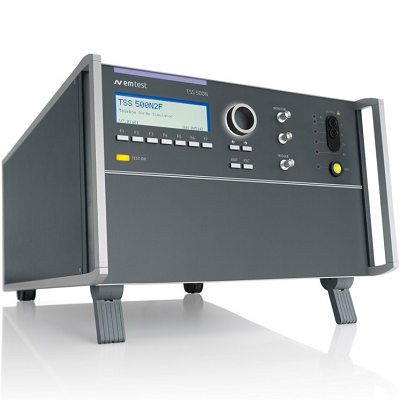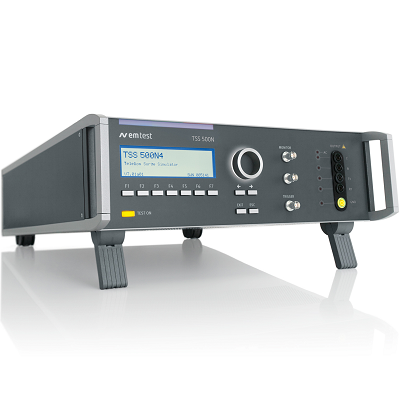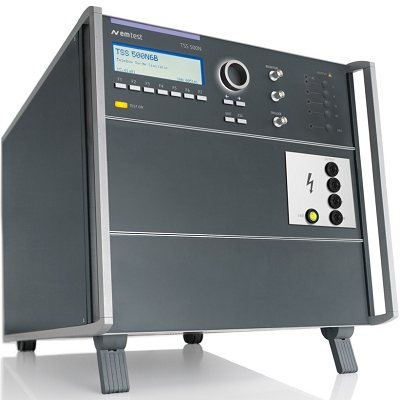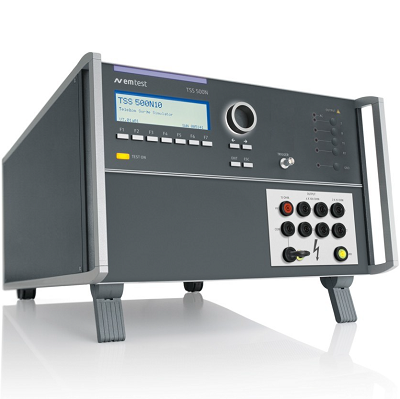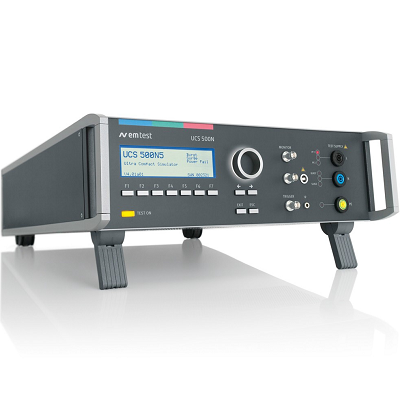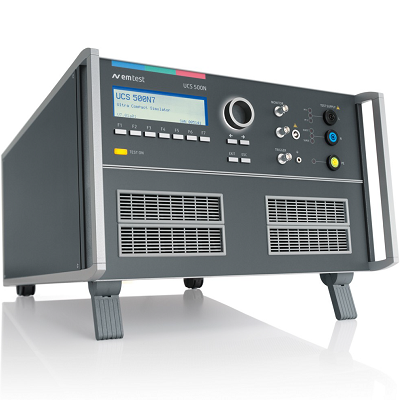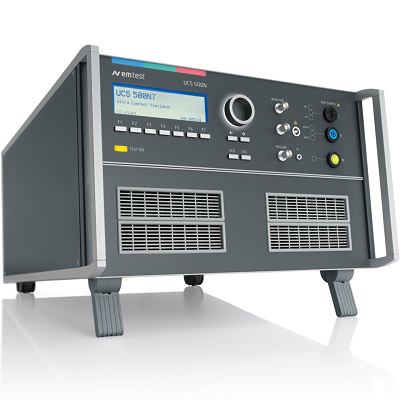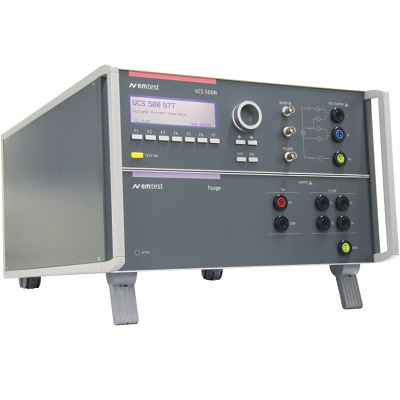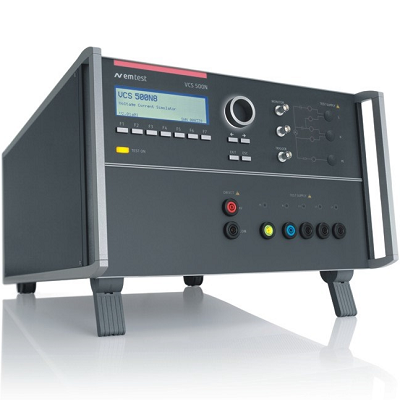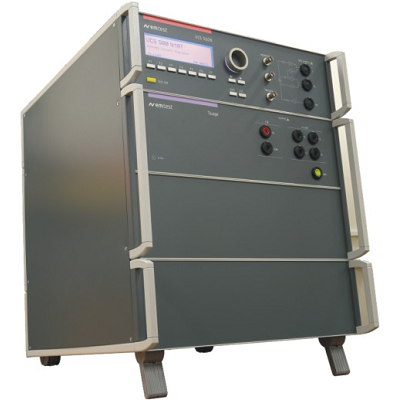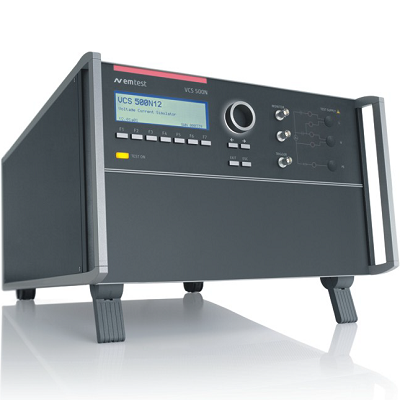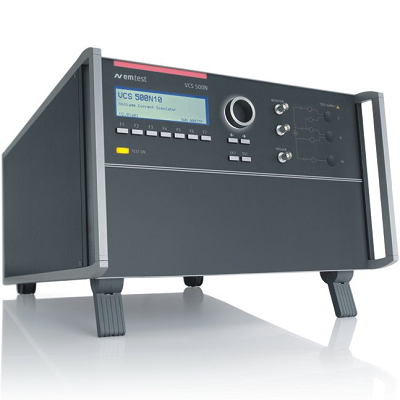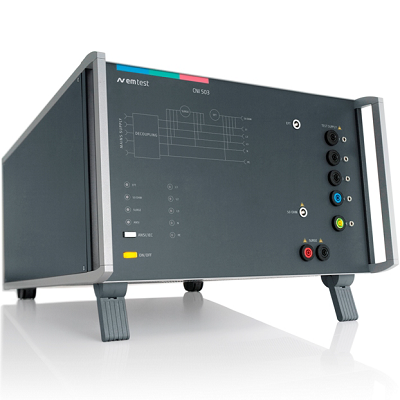Surge
Applicable Test Standards International Electrotechnical Committee (IEC) IEC 61000-4-5: Electromagnetic compatibility (EMC) - Testing and measurement techniques - Surge immunity test IEC 61000-4-12: Electromagnetic compatibility (EMC) - Testing and measurement techniques - Ring wave immunity test International Telecommunications Union (ITU) K.44: Resistibility tests for telecommunications equipment exposed to overvoltages and overcurrents - Basic recommendation K.20: Resistibility of telecommunication equipment installed in a telecommunications center to overvoltages and overcurrents K.21: Resistibility of telecommunication equipment installed in customer premises to overvoltages and overcurrents American National Standards Institute (ANSI) ANSI C62.41: IEEE Recommended Practice on Surge Voltages in Low Voltage AC Power Circuits Brief Overview The most frequent cause of damage in industrial electronic systems is overvoltage, caused either by switching actions in the equipment itself or by atmospheric discharges such as lightning. If the interference source is in the same circuit as the electronic equipment, the transfer impedance is low, and the impulse takes a current form. If the interference is from some external source, the transfer impedance will be higher resulting in a voltage impulse. To simulate both these conditions, a Combination Wave Generator (CWG) is designed to deliver a voltage impulse into an open circuit and a current impulse into a short circuit. Combination Wave Generators have a virtual impedance (open circuit voltage / short circuit current) of 2 ohms. Power network transients can be modified by the cable properties so that in a well-protected domestic or commercial environment, the impulse energy has an oscillatory form. This is known as a “Ring wave”.
